In Japan, the way a package is wrapped is more important than its contents, expressing the giver’s respect and admiration for the recipient. Origata, the traditional Japanese art of gift wrapping, originated in the 14th century and limited to the imperial family until the 1970s.
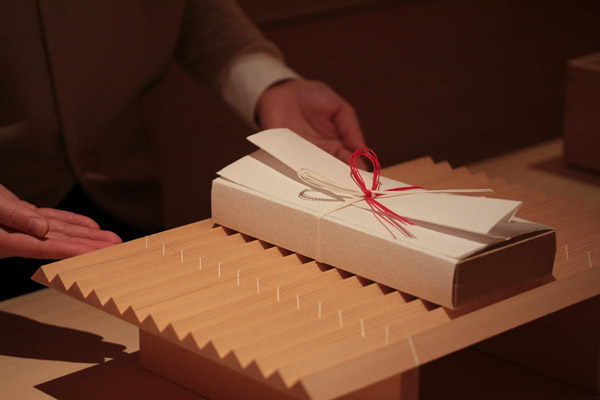
Origata is a complex discipline involving some 3,000 kinds of folds and an infinite variety of decorative knots and bows, the tying of which is a separate, subtle craft called mizuhiki. For example, a bow adorning a wedding gift should be more difficult to untie than a bow for an anniversary.
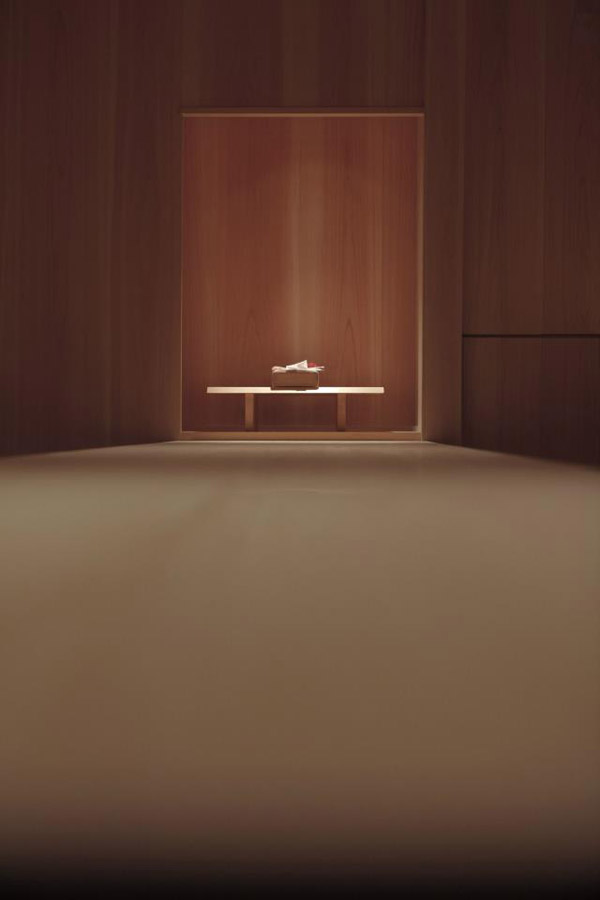
Origata differs from the gift wrapping we know with its unique method of only partly concealing the gift inside. In traditional areas of Japan it was considered impolite to open a gift in front of the gift giver, so you can see how a little origata gift exposure came to be.
The real beauty of Origata however, is in its folds and the meaning behind those folds. For example, a good luck fold is created by folding to the front and right of a package, creating a small opening to the left side. This is said to convey a feeling of overwhelming happiness. Then there is the fold of misfortune, where the fold is on the left side expressing the giver’s sympathy for the recipient. There are many different folds with many different meanings. It is like the folds have their own silent language.
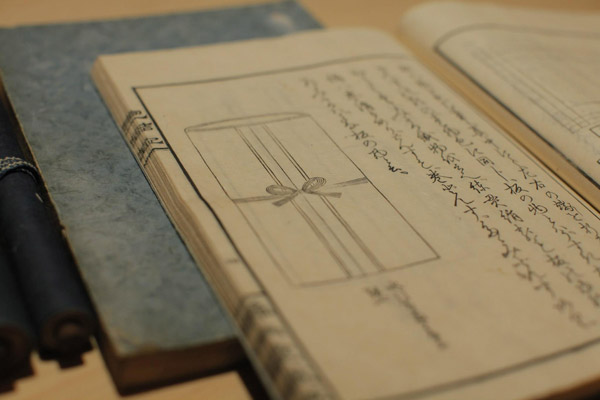
According to Kazuki Yamane, origata is a lost word and culture in Japan. It is an origin of well known Origami, a paper folding craft art. Origata is an ancient “manners” practiced only among top class Samurai that was established by a general Shogun Y. Ashikaga 600 years ago. It is a method how to wrap gifts with very precious hand made papers among samurai used for commodity goods gift giving and ceremonies to have sound human relations. It was exclusively practiced among samurai family and inherited secretly as a word-of- mouth tradition. In Edo era, Origata started to penetrate among public and developed variety of styles and brought new art “origami” that enjoyed only form of Origata as an amusement, not as strict manners. After World War 1 & 2, Origata was suddenly lost due to western civilization in Japan and only Origami survived.
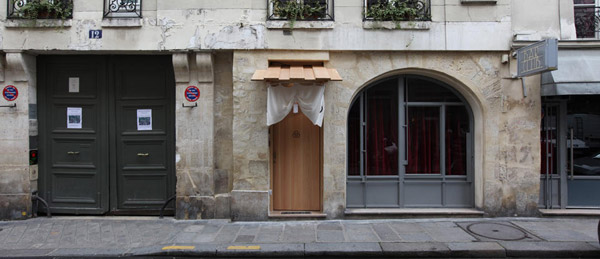
In Saint Germain in Paris, in a Pavillion Miwa, you can learn origata with Takeshi Sato.

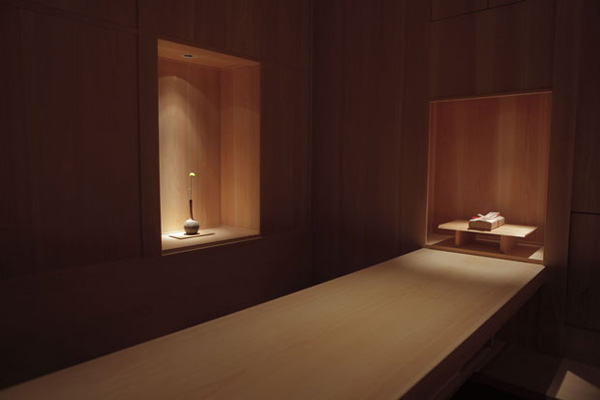
Origata is an origin of well known Origami, a paper folding craft art. Read about our origami themed blog posts here: Paper Origami Lamps, Origami Jewelry and Origami Soap Packaging.
Photos via Miwa Pavillion and Upon a Fold.

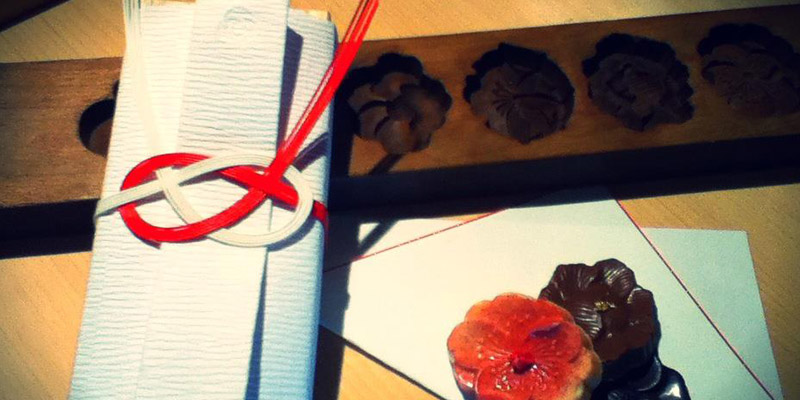

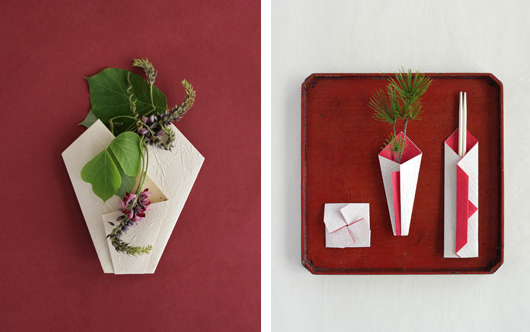
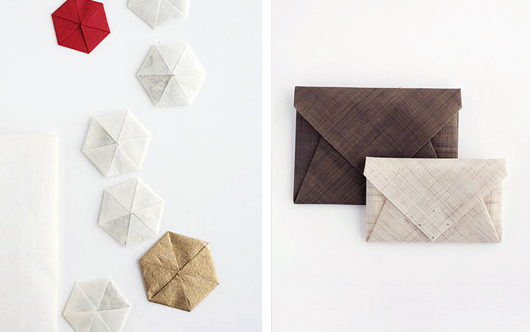

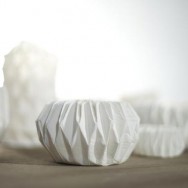

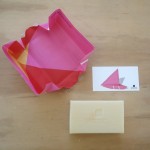

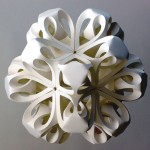
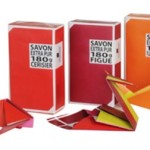

5 Trackbacks
By Origami, a Paper Magic by Jun Mitani - LA76 Design & Travel Blog February 24, 2014 at 7:28 am
By Origata - Paper Art of Gift Wrapping - LA76 Design Blog July 5, 2014 at 8:20 am
By DIY Paper Animal Sculptures by Paperwolf - LA76 Design Blog November 27, 2014 at 11:55 am
By Sayonara, Hotel Okura - LA76 Design & Travel Blog October 9, 2015 at 7:33 am
By Tokyo Wanderlust - LA76 Design & Travel Blog December 15, 2015 at 12:08 pm